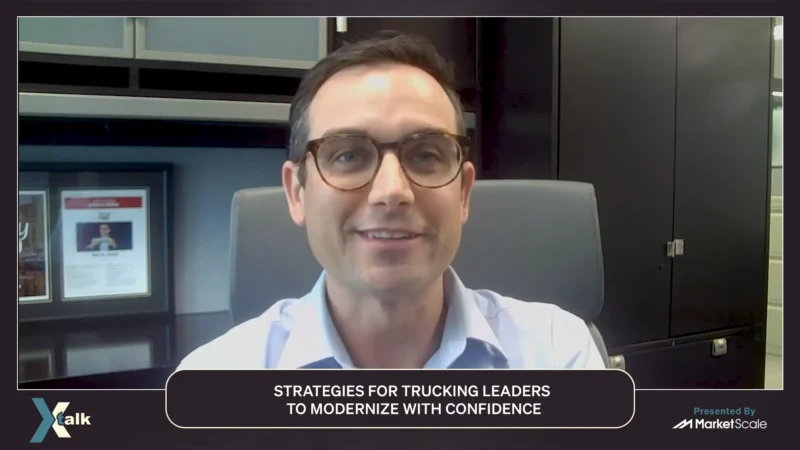Critical Crossroads: Baltimore Bridge Incident Magnifies Maritime Supply Chain Vulnerabilities, Calls for Immediate Overhaul
The recent incident involving the vessel DALI crashing into a bridge in Baltimore has thrust maritime supply chain issues into the spotlight. As global trade continues to intensify, the capacity and safety of maritime infrastructure are under scrutiny. This accident not only highlights the immediate logistical nightmares created by such disruptions but also raises broader questions about the resilience and preparedness of our supply chain networks. With maritime trade being a critical artery for global commerce, the stakes couldn’t be higher, underscored by the fact that the Port of Baltimore alone handled $80 billion worth of cargo in 2023.
But what does this mean for the future of maritime supply chains? Are current regulations, technologies, and infrastructures adequate to prevent such disasters, or is a more fundamental overhaul required?
In this episode of ” Hammer Down,” host Mike Bush invites maritime expert Sal Mercogliano to shed light on the complexities of the incident and its implications for maritime logistics and supply chain resilience. The conversation navigates through:
- The immediate aftermath and broader implications of the DALI incident.
- The role and challenges of modern maritime logistics in accommodating mega-vessels.
- The potential reforms and innovations needed to enhance maritime supply chain efficiency and safety.
Sal Mercogliano brings to the table a rich background in maritime history and policy, combined with practical experience as a former merchant mariner and academic. His insights have been sought after by major media outlets, especially following high-profile maritime incidents, making him a prominent voice in discussions on maritime logistics and policy.




